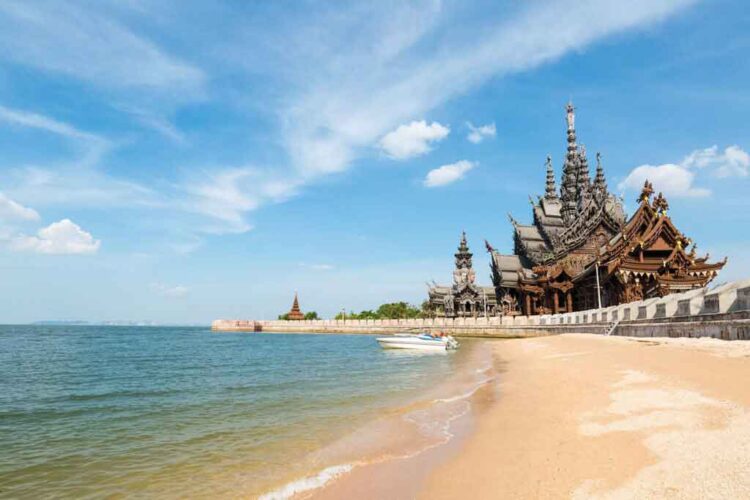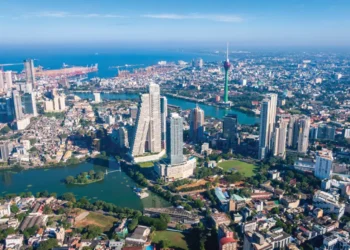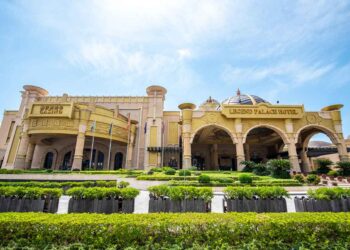Thailand’s first economic corridors hosting legal casino gaming could open as early as 2029, with up to eight potential integrated casino resorts to be developed should a study passed Thursday by the House of Representatives be given final approval by the cabinet.
According to Maybank Investment Bank, the most likely location for legal Thai casinos is the Eastern Economic Corridor, with a development period of around five years assuming one or more integrated resort bids were to be approved within this year.
That would also mean Thailand’s first casino may open before or around the same time as MGM Resorts International’s US$10 billion IR in Osaka, Japan, currently slated to open its doors in 2030.
“License bidders will be evaluated by a committee headed by the Prime Minister,” said Maybank IB analyst Samuel Yin Shao in a Friday note.
“We understand that favored locations are in the Eastern Economic Corridor (Rayong, Chonburi, and Chachoengsao), south (Phuket, Phang Nga, Krabi), north (Chiang Mai, Chiang Rai, Lampang) and northeast (Nong Khai, Udon Thani, Khon Kaen, Nakhon Ratchasima).
“These locations are also in the midst of building/upgrading their airports, ports and high-speed rail. The whole idea of economic corridors is to attract more tourists to Thailand.
“Assuming two years to finalize a regulatory framework and three years to construct, the first economic corridor may only open in 2029.”
Yin also noted that Thailand would implement four different investment sizes, depending on the location of each integrated resort development, with the first phase of licenses issued to be for the largest with a minimum capex of THB100 billion (US$2.7 billion).
The opening of legal Thai casinos would have significant impact on the regional gaming landscape, he added, with Singapore’s integrated resorts and Cambodia’s NagaWorld to be the most impacted.
“We expect Genting Malaysia’s Resorts World Genting to be least impacted as less than 20% of their GGR is derived from foreigners,” he said.
“We are more concerned for Genting Singapore’s Resorts World Sentosa (RWS), where we estimate that around 60% of GGR is derived from foreigners, and NagaCorp’s Naga 1 and 2 where almost all their GGR is derived from foreigners (only Cambodians who hold foreign passports can gamble in Cambodia).
“Yet, recall that many whom had believed that Malaysian GGR would fall after the Singaporean integrated resorts opened in 2010 were proven wrong.”
Yin said that both RWS and NagaWorld are readying for multi-billion dollar expansion projects which could help lessen the impact from Thailand, adding “five years [before opening] is a long time”, giving both plenty of time to respond.

































